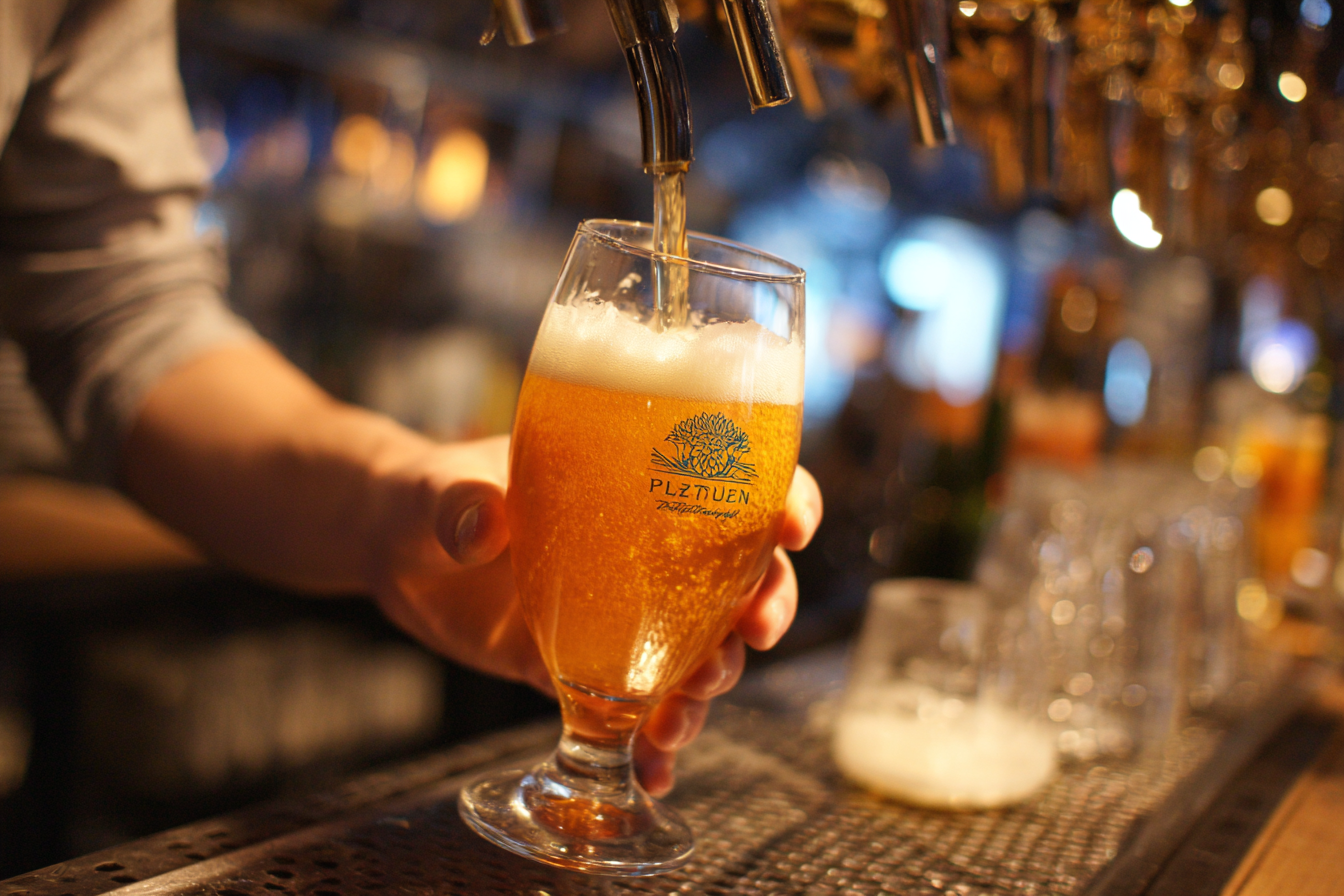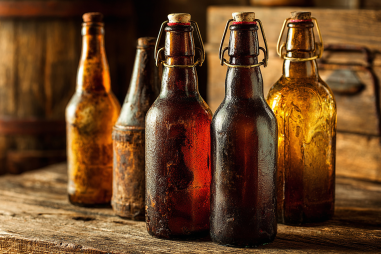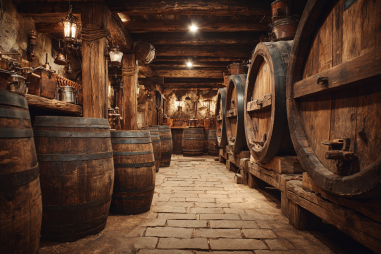There’s something truly special about Czech Pilsner that makes it a favorite among beer lovers worldwide. Known for its crisp, refreshing taste and brilliant golden color, the way you serve this classic brew greatly impacts the overall experience. From the glassware you choose to the pouring technique, each step plays a vital role in unlocking the full flavor and delicate aroma of Czech Pilsner. If you want to enjoy this beer at its absolute best, taking the time to serve it properly isn’t just recommended — it’s essential.
Why Proper Serving Methods Matter
Serving beer might seem straightforward, but when it comes to Czech Pilsner, the details matter a great deal. Correct serving methods enhance the sensory elements of the beer, allowing its subtle malt sweetness, balanced bitterness, and floral hop character to shine. Conversely, improper serving can dull these qualities, mask flavors, or cause the beer to lose its lively carbonation too quickly.
Moreover, the visual appeal of Czech Pilsner, with its clear golden hue and thick foamy head, is part of the overall drinking experience. Serving techniques that preserve its carbonation and create the ideal head help the aromas explode as you take your first sip. So, learning the right way to serve Czech Pilsner is key to appreciating this iconic style at its finest.
The Best Glassware for Czech Pilsner
Choosing the right glass is the first step in serving Czech Pilsner perfectly. The traditional and most highly recommended option is the classic Czech Pilsner glass, known as a Pilsner tube or a Pilsner flute. These glasses are tall, slender, and tapered, usually ranging from 12 to 16 ounces (350 to 470 ml), designed to showcase the beer’s brilliant clarity and retain the carbonation effectively.
The shape of the glass also promotes the formation of a thick, dense head that captures and concentrates the aromatic hop compounds. Some pubs and beer enthusiasts prefer a tankard or stein for a more rustic feel, but these can prohibit aroma release and reduce carbonation retention.
In short, opt for:
- A clean, chilled Pilsner glass (tall, narrow, tapered)
- A glass free from detergent residue or grease, which harms head formation
- Large enough to accommodate a proper pour but not so large that carbonation dissipates
What’s the Ideal Serving Temperature?
Serving temperature profoundly affects both flavor perception and carbonation. Czech Pilsner is best enjoyed cold but not ice-cold. The recommended serving temperature range typically falls between 38°F and 45°F (3°C to 7°C). At this temperature, the beer maintains its crispness and refreshing qualities without muting its malt sweetness and hop aroma.
Serving Czech Pilsner too cold (below 38°F/3°C) can numb the palate, masking delicate nuances and aroma. On the other hand, serving it too warm will make the alcohol and hop bitterness more pronounced and less balanced.
For home serving, chilling the bottle or keg in the refrigerator is ideal. Avoid storing it in a freezer, as this risks freezing and damaging the beer.
Step-by-Step Guide to Pouring Czech Pilsner
Pouring Czech Pilsner properly isn’t complicated, but it’s an art form that merits attention. Follow these steps to get that perfect pour every time:
- Start with a clean, chilled glass. Rinse with cold water to ensure no residue and to chill the glass further.
- Hold the glass at a 45-degree angle. This helps minimize excessive foaming and preserves carbonation.
- Begin pouring gently. Aim for the middle of the slope inside the glass, allowing beer to flow steadily without splashing.
- As the glass fills, slowly straighten it upright. This encourages the formation of a creamy head.
- Stop pouring when you have about 1 to 1.5 inches (2.5 to 4 cm) of foam on top. This “head” is essential for locking in aroma and carbonation.
A good foam head also improves the beer’s visual appeal and mouthfeel, making every sip more enjoyable.
Maintaining Beer Carbonation and Freshness
Carbonation is one of the prized characteristics of Czech Pilsner; it contributes both texture and sharpness. Once served, carbonation begins to escape, so it’s important to consume the beer within a reasonable time — usually within 20 to 30 minutes for the best experience.
To maintain freshness from the tap or bottle:
- Keep kegs at a proper serving pressure (around 12-14 PSI) to preserve carbonation.
- Store bottles upright and avoid exposing them to excessive heat or light, which speeds up oxidation and flavor deterioration.
- If using bottles, finish them once opened rather than letting them go flat.
- Use clean and sanitized glassware to avoid off-flavors caused by bacterial contamination.
Presentation Tips for Home and Bars
Serving Czech Pilsner isn’t just about the technical aspects—it’s also about aesthetics and creating an inviting experience. Here are some tips whether you’re pouring at home or behind the bar:
- Chill glasses adequately. Wood racks, glass chillers, or a quick rinse in icy water work well.
- Use coasters or beer mats. These can add a classy touch and protect your surfaces.
- Serve with complementary snacks. Classic Czech snacks like pickles, sausages, or soft cheese make excellent companions.
- Label your beer selection properly in bars. Educate customers about the style, its origins, and what makes Czech Pilsner unique.
- Keep the serving area clean and tidy. Presentation matters, and a spotless setup enhances the overall vibe.
Whether hosting friends or crafting a genuine Czech beer experience in a pub, these small touches elevate the enjoyment of every glass.
The Art of Serving Czech Pilsner
Serving Czech Pilsner is truly an art form that combines respect for tradition with careful technique. Each step — from selecting the ideal glass and temperature to the way you pour and present the beer — shapes your sensory experience. When done right, it unlocks the signature crispness, bright aromas, and satisfying bitterness that define this classic style.
Next time you reach for a Czech Pilsner, take a moment to appreciate the ritual behind a perfect pour. It’s more than just a beverage; it’s a celebration of brewing heritage and a testament to the joy of savoring beer as it was meant to be enjoyed.







